Understanding licenses and leases – A three-part series: “Cleaning up” contractual language - by Darren Stakey
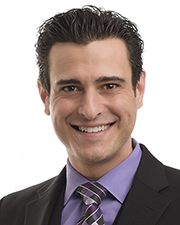
Balin Adler & Hyman
This three-part series briefly examines the nuances of seminal New York cases concerning licenses, leases, and even easements, to assist the New York practitioner in more effectively utilizing all three tools in his or her regular practice.
Part II of III: “Cleaning Up” Contractual language: Is an agreement to operate washing machines in a New York apartment building a license or a lease?
New York boasts a veritable “laundry list” of cases that examine the distinction between a license and a lease in the context of agreements to operate washing machines. In Wash-O-Matic Laundry Co., Inc. v. 621 Lefferts Avenue Corp., 82 N.Y.S.2d 572 (Kings Cnty. Supr. Ct. 1948), for example, a so-called “lease” granted the plaintiff-service provider the right to maintain laundry equipment in the basement space of a Brooklyn building designated on a diagram as the “washing room.” Explaining that exclusivity is a critical hallmark of a leasehold interest, the Wash-O-Matic court determined that the agreement was merely a license because it did not adequately confer exclusive possession upon the plaintiff and the diagram annexed to the instrument was not “a sufficient delineation of any identifiable space.”
Less than one year later, the same court grappled with another purported “lease” of basement space in a Brooklyn building, as designated on a diagram, for the operation of laundry equipment. Isodore Polner d/b/a Polner Coin Laundry Serv. v. Arling Realty Inc., 88 N.Y.S.2d 348 (Kings Cnty. Supr. Ct. 1949). Interestingly, the language of the Polner agreement essentially paralleled that of the de facto license in Wash-O-Matic. However, unlike the instrument in Wash-O-Matic, the Polner agreement included a description of the space: “[a]ll that certain space contiguous to the plumbing and electrical fixtures[.]” Also distinguishable, the Polner instrument employed exclusivity language. As such, the Polner court ruled that the subject “lease” was, truly, a lease because the instrument sufficiently described identifiable space for exclusive use and occupancy.
Polner’s two-part test — to constitute a lease, and not merely a license, an instrument must: (1) confer “exclusive” possession; and (2) identify the subject space with specificity — remains good law in New York. However, by the 1980’s, New York courts began to require something more than a written recital to establish the exclusivity prong of the Polner test. The court in Dime Laundry Service, Inc. v. 230 Apartments Corp., 466 N.Y.S.2d 117 (N.Y. Cnty. Supr. Ct. 1983), for example, declared that an “exclusive” use and occupancy agreement was merely a license because it did not indicate any intent to grant sole dominion over the laundry room. See id. at 120 (“Indicia of exclusivity, such as control over the patrons of the laundry services, control of the keys, or exclusion of other vending machines or services, are lacking here.”).
The takeaway: When drafting a lease, particularly one involving on-site equipment installation and/or maintenance, the New York practitioner should clearly indicate the exclusive nature of the lessee’s interest and provide a specific description (including precise dimensions, if possible) of the demised premises. Although the terms of an instrument will typically be read “as a whole” to determine whether the parties intended to create a lease or a license, New York courts have generally held that a pictorial diagram of the space to be occupied alone, absent other indicia of exclusivity, is insufficient to delineate a leasehold interest. Furthermore, in view of the New York judiciary’s apparent willingness to rule that an instrument constitutes a license — notwithstanding express language to the contrary — the cautious practitioner should consider compliance with statutory obligations attendant to both licenses and leases, collectively.
Darren Stakey, Esq. is an associate in the real estate and litigation practice groups at Certilman Balin Adler & Hyman, LLP, East Meadow, N.Y.
Suffolk County IDA supports expansion of A&Z Pharmaceuticals


The evolving relationship of environmental consultants and the lending community - by Chuck Merritt
When Environmental Site Assessments (ESA) were first part of commercial real estate risk management, it was the lenders driving this requirement. When a borrower wanted a loan on a property, banks would utilize a list of “Approved Consultants” to order the report on both refinances and purchases.


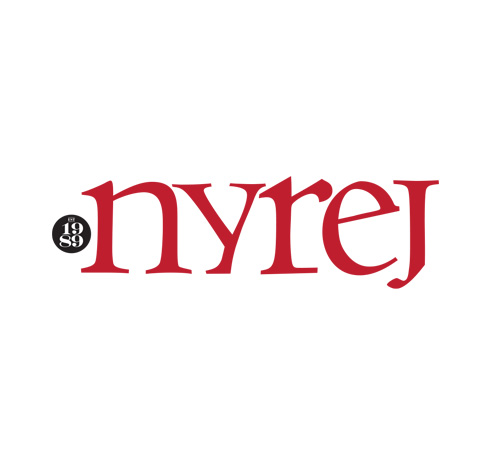
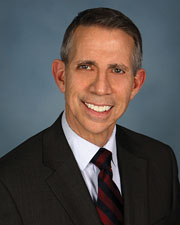
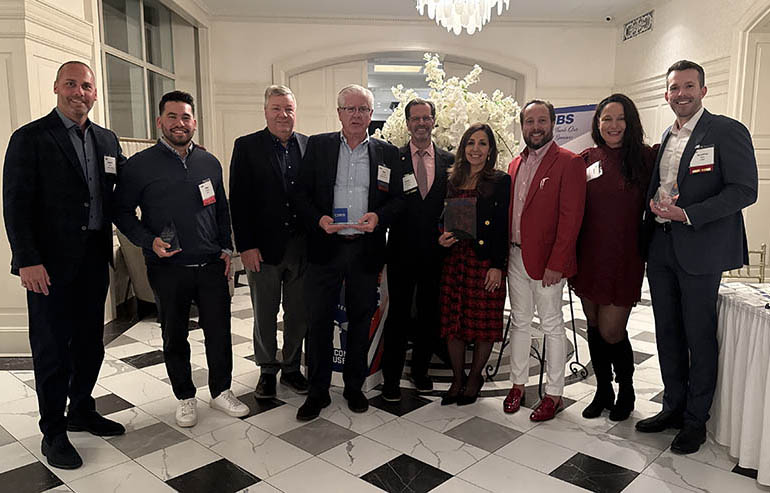
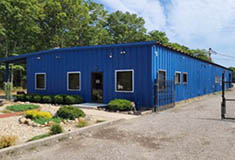
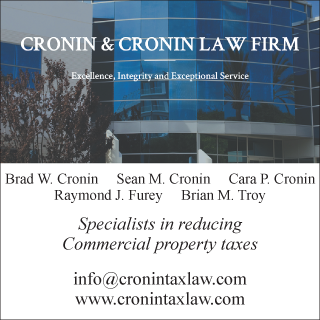

.gif)
.jpg)